The TOP 20 Tourist Attractions in Peru
There are so many things to do in Peru loved traveling here, I took both my wife and my mum there! Peru is a country that boasts a rich history, culture, and natural beauty. From the iconic Inca City of Machu Picchu to the mysterious Nazca Lines, there is no shortage of unique and fascinating Tourist Attractions in Peru to explore.
Travelers can take in the stunning views of Lake Titicaca, one of the highest navigable lakes in the world, or hike through the Andes mountains. For those seeking adventure, sandboarding in the dunes or fishing for piranha in the Amazon are just a few of the exciting activities available. With so much to see and do, Peru is truly a one-of-a-kind destination that offers something for everyone.
Just make sure to create your Peru 7 day itinerary to cram as much in as possible, in advance. And if planning is too much, Exploor Peru are a great option for trips here.
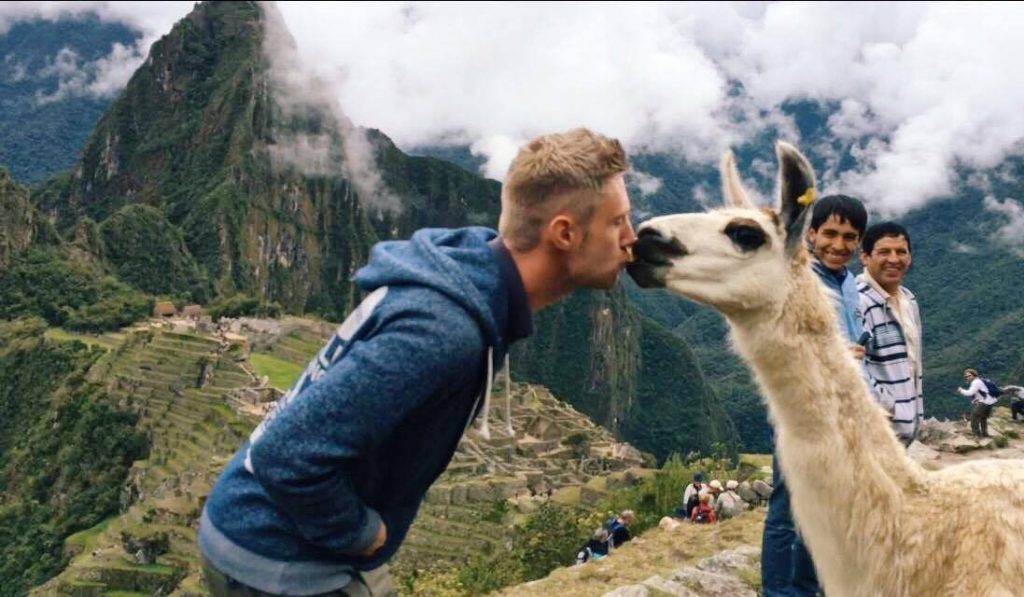
Table of contents
- The TOP 20 Tourist Attractions in Peru
- 1. Machu Picchu
- 2. The Inca Trail
- 3. Cusco’s Architectural Treasures
- 4. Lake Titicaca
- 5. Colca Canyon (Cañon del Colca)
- 6. Nazca Lines
- 7. The Sacred Valley
- 8. Ollantaytambo
- 9. Arequipa’s Historical City Center
- 10. Puerto Maldonado and the Amazon
- 11. Lima’s Historic Center
- 12. Ica and the Sand Dunes at Huacachina
- 13. Pisco and the Ballestas Islands (Islas Ballestas)
- 14. Sillustani
- 15. Barranco
- 16. Cordillera Blanca
- 17. Saqsaywaman
- 18. Salcantay
- 19. Gocta Waterfall
- 20. Moray Agricultural Terraces
- Frequently Asked Questions about Tourist Attractions in Peru
1. Machu Picchu
Of all the Peru tours, this is the one you could have guessed! Machu Picchu is an Inca city perched high upon a ridge, 300 meters above the Urubamba River. It is one of the most dramatic settings of a ruined city anywhere in the world. The city is surrounded by steep, lush, and often cloud-shrouded mountains, making for a spectacular backdrop. The Incas chose this place to build their city, and it is easy to see why.
Hiram Bingham discovered Machu Picchu in 1911 and believed it to be the “Lost City of the Incas,” first documented by Spanish soldiers in the 1500s. However, historians believe the real lost city of the Incas was at Espíritu Pampa, a ruin Bingham knew of but discounted as being insignificant.
Visiting Machu Picchu is an experience in itself, whether it’s by hiking the Inca Trail or seeing the route by train. Trains leave from Cusco, Ollantaytambo, or Urubamba to Aguas Calientes, the town below Machu Picchu.
How to drive there
From Aguas Calientes, a bus takes visitors up to Machu Picchu, about a 20-minute drive along a harrowing switchback road. It is also possible to walk up this road to the site, but this is a long, uphill climb and not recommended.
Visitors must tour Machu Picchu with a guide and follow a set tour route. They also have to enter the park at a designated time. It is important to note that many websites say they sell tickets, but visitors should be sure to go to the official site.
The high season to visit Machu Picchu is from June to August, but the two months on either side of this also see decent weather and can be a good time to visit with fewer crowds.
Overall, Machu Picchu is a must-visit destination and a gateway to the ancient Inca civilization. Just make sure to do your research for the best time to visit Machu Picchu first.
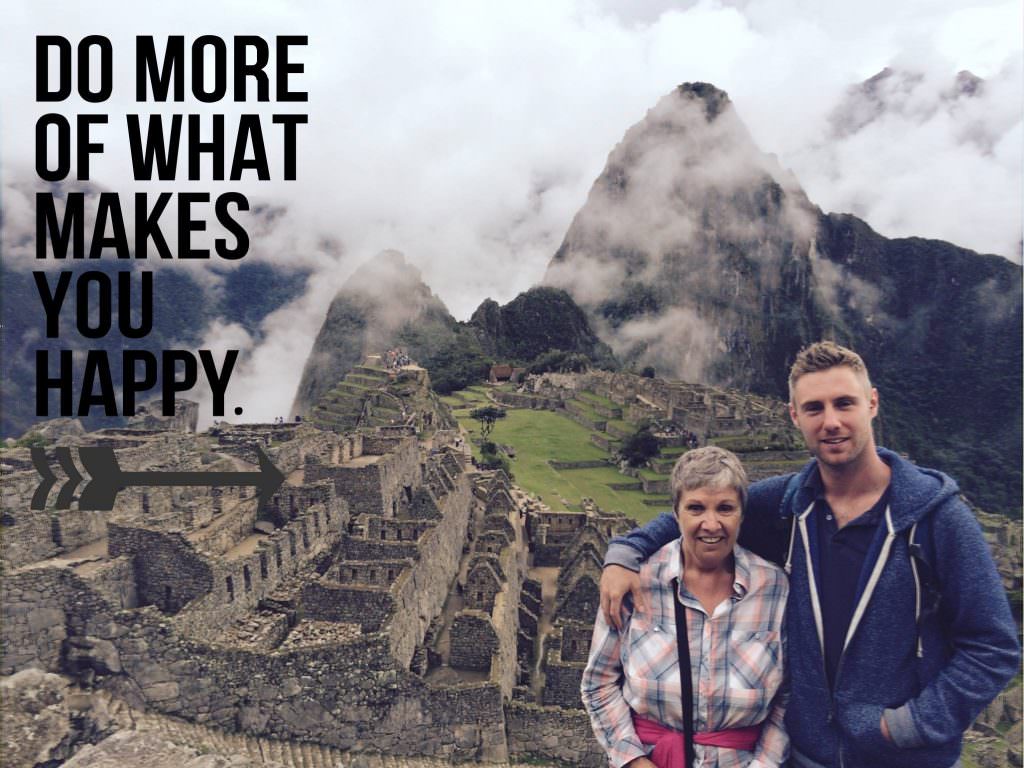
2. The Inca Trail
The Inca Trail is a famous four-day trek that ends at the breathtaking Machu Picchu and is considered one of the most memorable experiences in Peru. The trail is known for its stunning scenery and challenging terrain, which can be more demanding than many expect.
The traditional starting point for the Inca Trail is km 82 of the Cusco-Aguas Calientes rail line. From here, hikers pass over 30 Inca ruins and traverse through some of the most spectacular landscapes in the world. The second day of the hike is the most challenging, with a climb of 1,200 meters in elevation gain and two high passes.
Hikers must book the trek with an agency and make reservations well in advance, especially during the high season of June to August. The daily number of hikers and porters on the trail is strictly enforced to preserve the environment and ensure the safety of all hikers.
Sleeping arrangements
There are campgrounds at intervals along the trail, and one at the base of Machu Picchu. Some agencies offer a shorter version of the hike, which entails either the last two days or just the last day of the hike. Hikers can either carry their own backpack or have it transported for them, depending on the type of tour they choose.
Overall, the Inca Trail is a must-do for anyone visiting Peru, without doubt one of the tourist attractions in Peru to not miss, offering a unique and unforgettable experience that blends history, culture, and natural beauty.
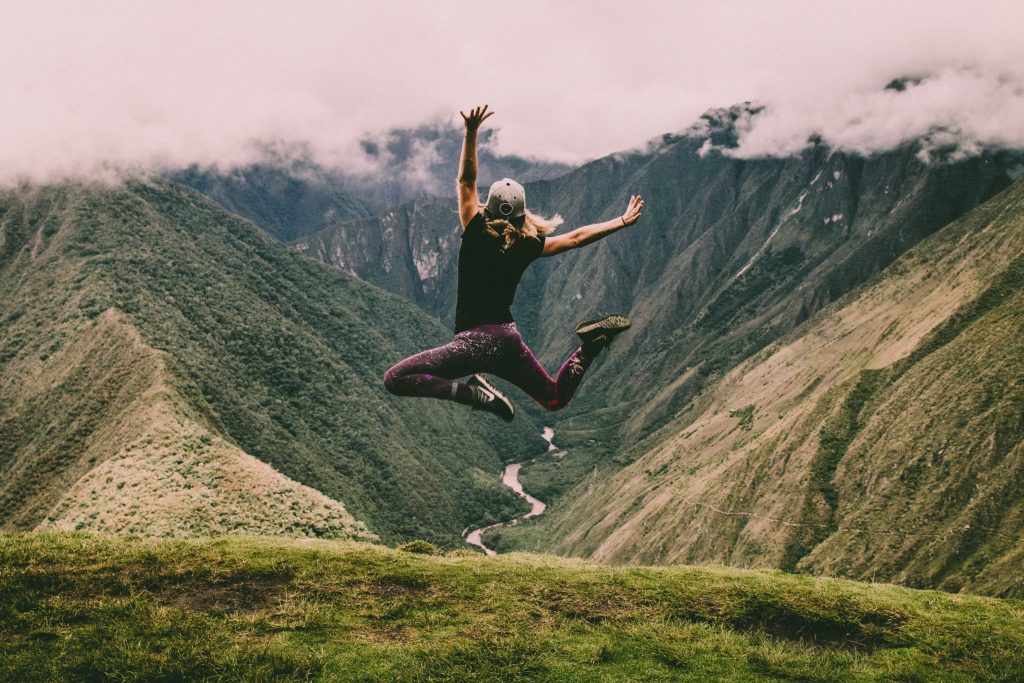
3. Cusco’s Architectural Treasures
Cusco’s architectural wonders are a testament to the city’s rich history and Andean culture. The city’s UNESCO World Heritage Site status is well-deserved, with colonial-era architecture built upon ancient Inca ruins. The main square, Plaza de Armas, is the perfect starting point for exploring the city’s architectural treasures. The square is home to the impressive Cathedral and La Compania, both of which showcase the city’s colonial-era architecture.
One of Cusco’s must-see attractions is the church of Santo Domingo, which rests on the ruins of the Inca site of Coricancha. This stunning church is a perfect example of the blending of Andean and colonial-era architecture. Visitors can explore the church’s ornate interior, which features beautiful artwork and intricate carvings.
Overall, Cusco’s architectural treasures are a feast for the eyes and a must-see for anyone visiting the city.
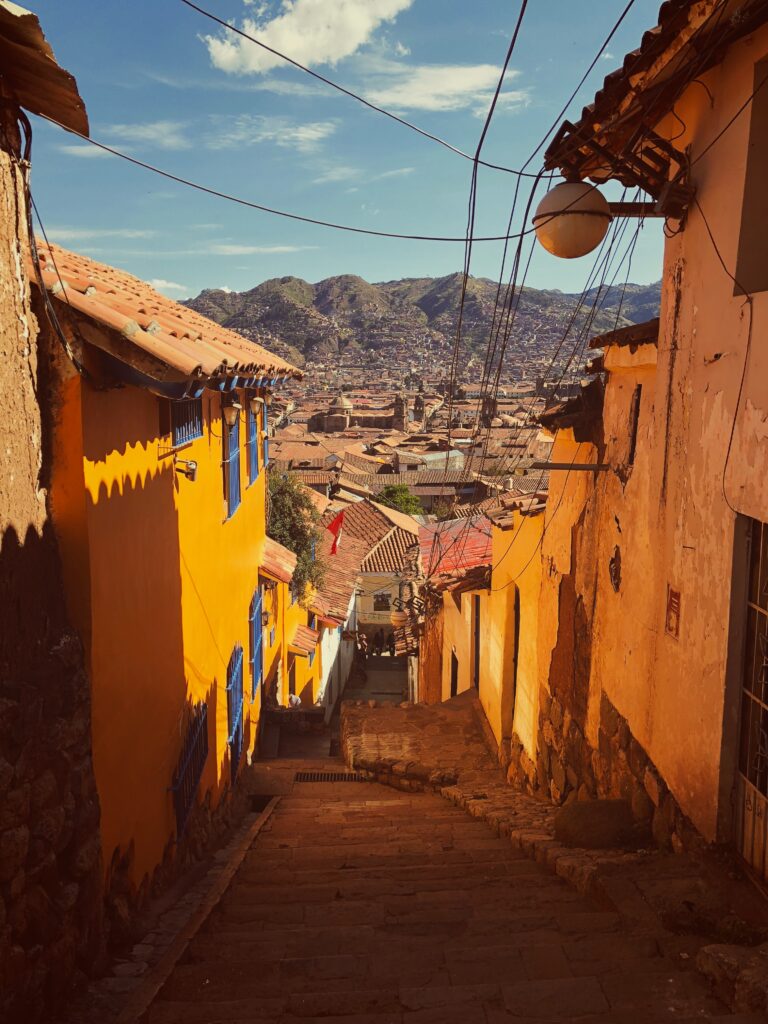
4. Lake Titicaca
Lake Titicaca is a stunning body of water surrounded by picturesque hills and small villages. It stands out from other regions of the country due to its unique mix of beautiful scenery and rich culture. At 3,820 meters above sea level, it is considered the highest navigable lake in the world.
Traveling by boat to the islands and surrounding villages is the best way to experience the lake’s beauty. One of the most popular tourist attractions is the Uros Floating Islands, which are man-made and constructed of reeds by the Uros Indians. These islands have sustained a traditional way of life since the time of the Incas, and offer a glimpse into a unique culture.
While the floating islands are a small part of Lake Titicaca’s attraction, the real charm lies in the small villages in the hills along the shores of Titicaca and on the main islands of Isla Taquile and Isla Amantani. These islands are rich in tradition and offer visitors an opportunity to experience the local way of life.
Getting there
To access Lake Titicaca, visitors can travel to the city of Puno, which serves as the main gateway. Puno offers a range of amenities, including hotels, restaurants, and travel agencies. Visitors can reach Puno by train, bus, or plane, with flights available in and out of the nearby city of Juliaca.
Overall, Lake Titicaca is a must-visit destination for those seeking a unique cultural experience in a breathtaking natural setting. A tourist attractions in Peru not to skip for sure.
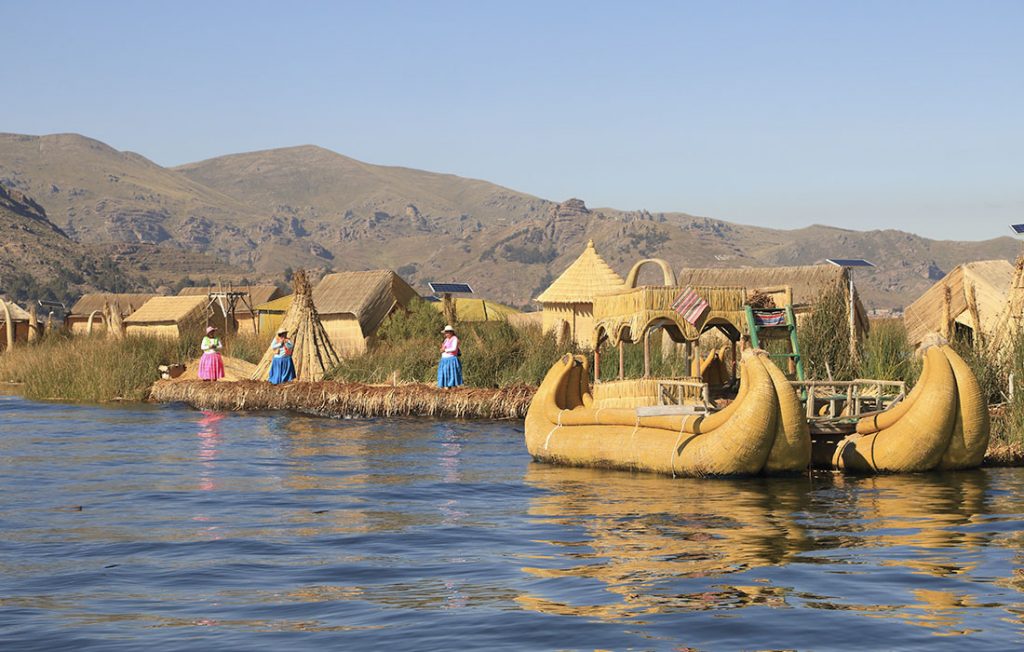
5. Colca Canyon (Cañon del Colca)
Colca Canyon (Cañon del Colca) is the second deepest canyon in the world, reaching a depth of 3,400 meters. It was formed due to a seismic fault between two volcanoes. The canyon is located about a four-hour drive from Arequipa, and day trips are available from there. However, it is recommended to spend two or more days in the area to fully enjoy its attractions.
The Colca Canyon has a rich history, having been inhabited for thousands of years by the Collagua, Cabana, and Inca peoples. Visitors can explore stone terracing along the canyon walls, which dates back to AD 800 and is still in use today. In addition to gazing out at the canyon, visitors can also explore hot springs, churches, villages, and Inca ruins.
One of the main attractions in Colca Canyon is the condors, which soar past the cliff walls. Visitors can enjoy watching these majestic birds in their natural habitat.
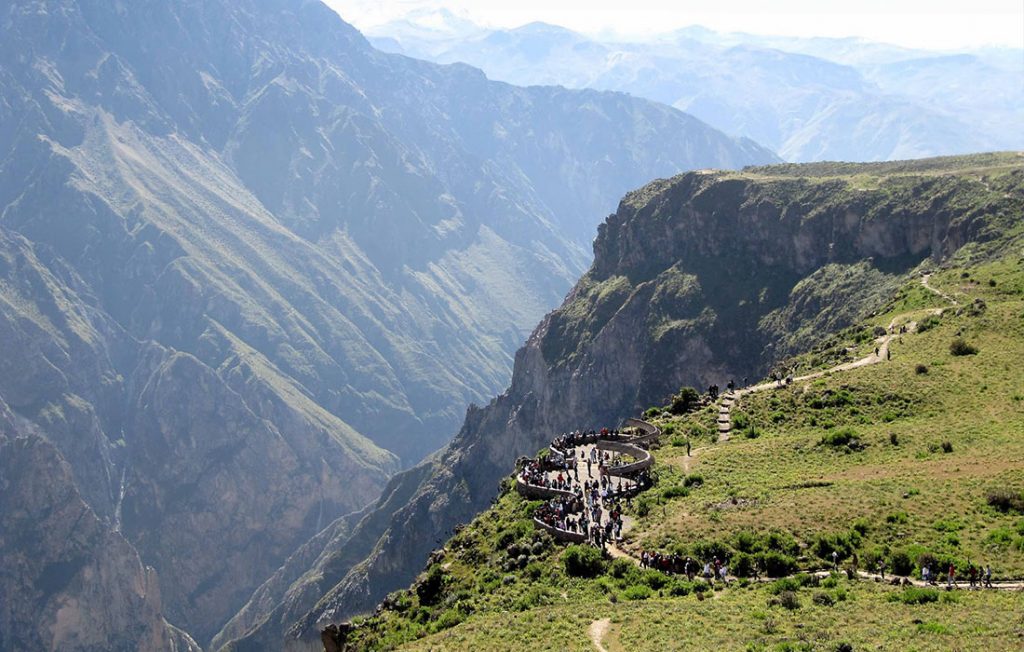
6. Nazca Lines
The Nazca lines are a collection of enormous geoglyphs etched into the desert floor near Nazca and Paracas. The drawings were discovered in the 1920s by pilots flying over the area, and they have since become a popular tourist attraction.
The Nazca lines consist of 70 different plant and animal drawings, as well as hundreds of lines and other geometrical shapes, some of which stretch as long as 10 kilometers. The most famous of the figures are a lizard measuring 180 meters long, a condor with a 130-meter wingspan, a monkey, hummingbird, killer whale, and spider.
The lines were created by removing the dark surface layer of stones and piling them at the sides of the lines, creating a contrast between the dark stones and the exposed lighter soil below. Theories suggest that the lines were created by the Paracas and Nazca cultures sometime between 900 BC and AD 600, but the purpose of the lines remains a mystery. Some theories suggest that the lines were a type of astronomical calendar for agriculture, an alien landing pad, a running track, walkways joining ceremonial sites, or part of a water cult.
Getting there
Flights can be booked in advance or on a walk-in, first-come, first-serve basis to view the Nazca lines from the air. It is only from the air that the intricate details of the drawings can be fully appreciated.
Approximately four kilometers outside of Nazca are the Cantalloc Aqueducts, which were built around AD 300 to 600 and designed to provide a year-round water source for the area. The aqueducts conduct water from the mountain springs down to Nazca by means of underground canals. Some of the Cantalloc Aqueducts are still used by farmers in the area.
The Cemetery of Chauchilla is also of interest in the area, containing Nazca remains and mummies.
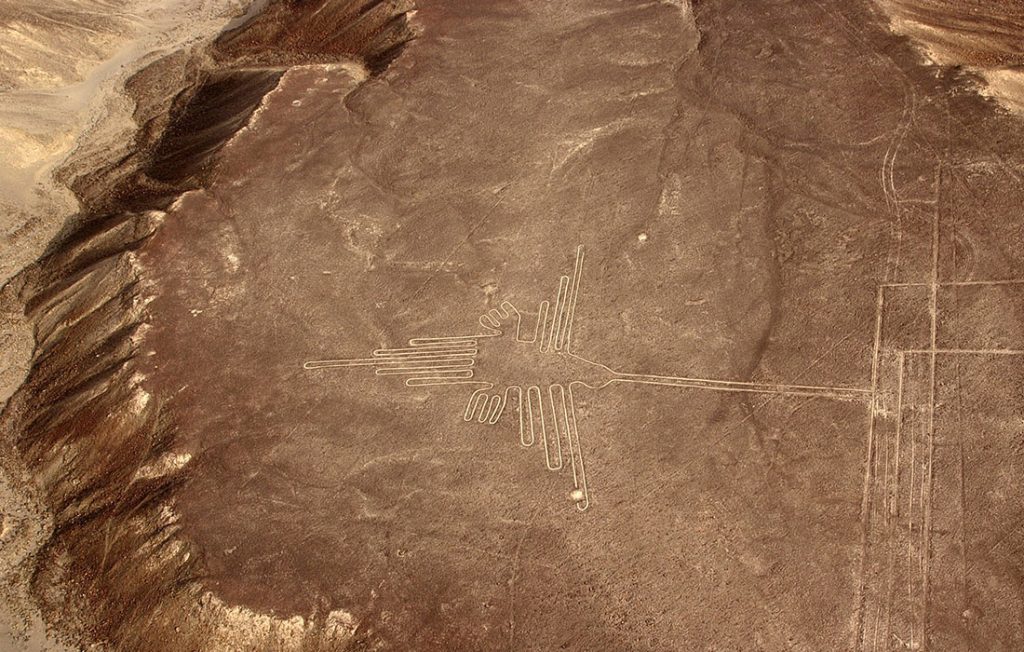
7. The Sacred Valley
The Sacred Valley is a stunning region located less than an hour’s drive north of Cusco. This area is known for its fertile land, Inca ruins, and vibrant local culture. The valley is home to several towns, including Pisac, Urubamba, and Ollantaytambo.
One of the most noteworthy sites in the valley is the Pisac Ruins. These ruins are a must-see for anyone interested in Inca history and architecture. Visitors can explore the ruins and learn about the history of the site. Additionally, the Sunday Market in Pisac is a popular destination for tourists and locals alike. The market offers a wide range of local handicrafts and is a great place to soak up the local culture.
Another interesting site in the Sacred Valley is the town of Moray. This town is home to circular terracing that was used by the Incas as an agricultural testing area. The terracing is a unique and innovative farming technique that allowed the Incas to grow crops in different temperatures and sun exposure. Visitors can learn about this technique and explore the terraces.
Salt Mines
While in Moray, visitors should also make a stop at the Salinas salt mines. These mines have been in use since the time of the Incas and produce both traditional white salt and sought-after pink salt. The mines are fascinating to explore and offer a unique glimpse into the history of the region.
Overall, the Sacred Valley is a stunning destination that offers something for everyone. Visitors can explore Inca ruins, shop at local markets, and learn about innovative farming techniques. It’s a great place to spend a few days soaking up the local culture and enjoying the beautiful scenery.
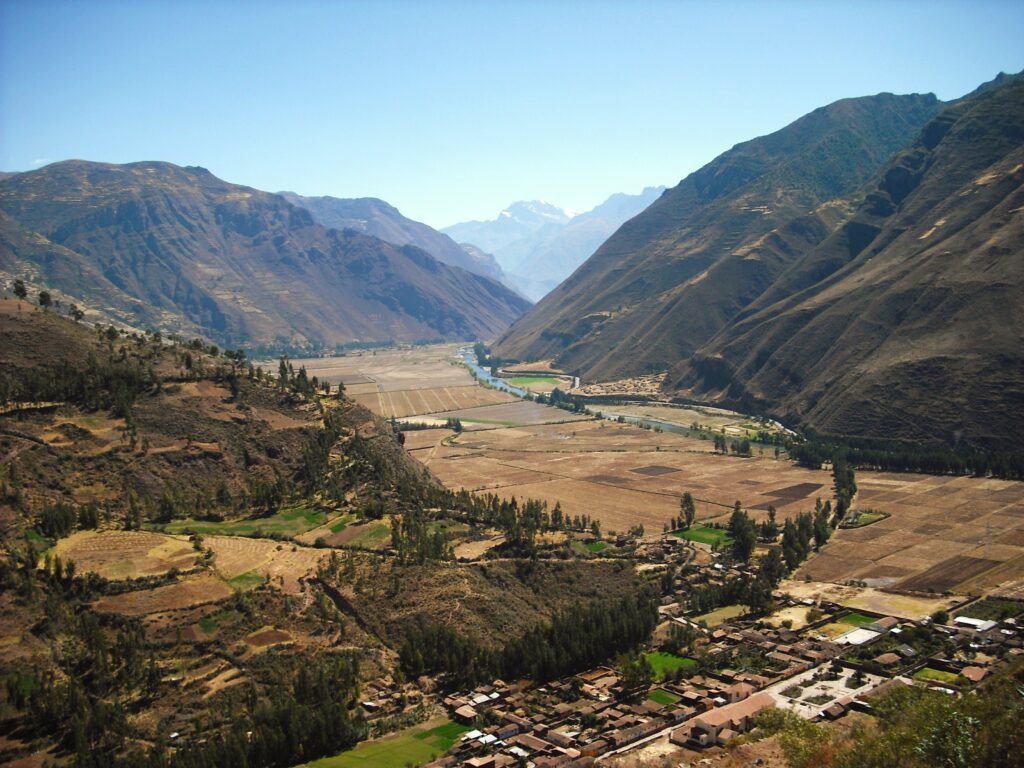
8. Ollantaytambo
Ollantaytambo is a picturesque town situated in the Sacred Valley. It features a beautiful fortress and ruins that are worth exploring. The town is pedestrian-friendly and offers a variety of handmade handicrafts sold by local vendors, just like Pisac.
Visitors can take a stroll up the hill to explore the ruins, which include the Bath of the Princess and the impressive Wall of the Six Monoliths. Additionally, tourists can explore the nearby Terraces of Pumatillis and the Pinkuylluna, an ancient storehouse.
Ollantaytambo is a photogenic spot with two imposing Inca ruins towering over the village, making it a must-see destination for travelers in the Sacred Valley.
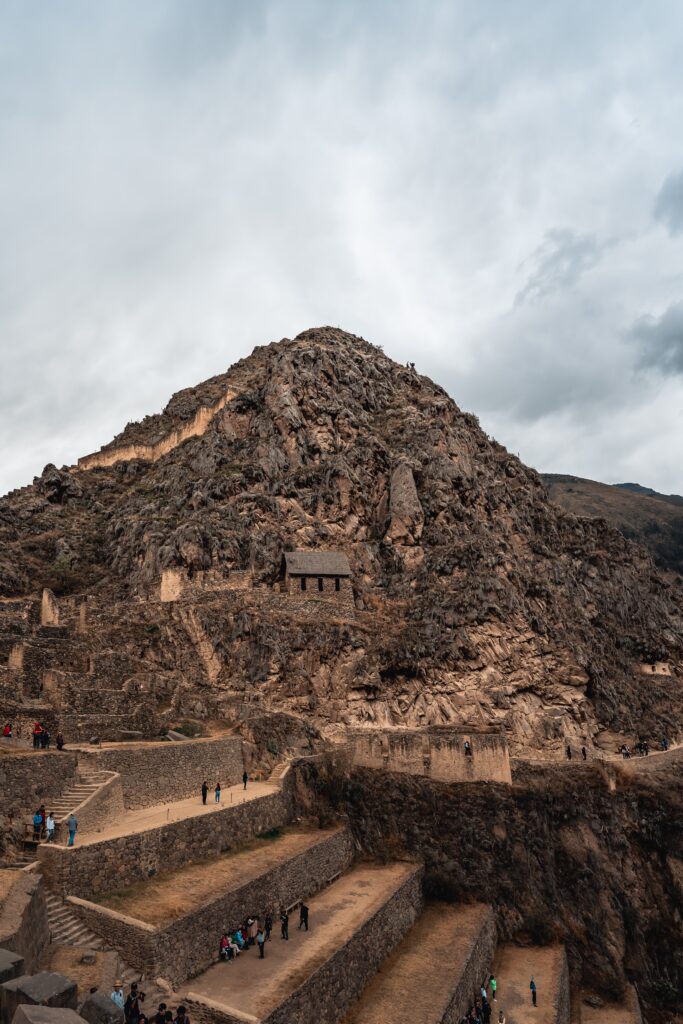
9. Arequipa’s Historical City Center
Arequipa, known as the “white city,” is a beautiful destination in Peru, with a rich history and stunning architecture. Its city center is a UNESCO World Heritage Site, and it is famous for its colonial buildings made of sillar stone, a volcanic rock that gives the city its bright, white appearance. The city center is a must-visit for anyone interested in history and architecture. Arequipa is also a popular starting point for those who want to explore the nearby Colca Canyon, which is about a four-hour drive from the city. With its unique architecture, beautiful scenery, and rich history, Arequipa is a must-see destination for anyone visiting Peru.
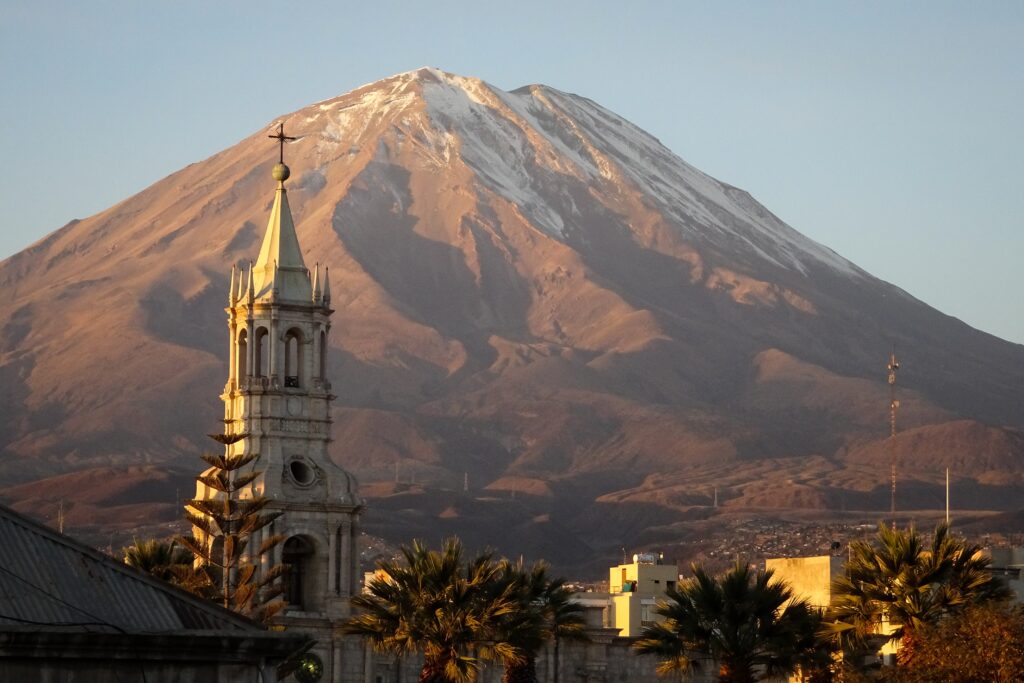
10. Puerto Maldonado and the Amazon
Puerto Maldonado is a popular destination for tourists looking to explore the Amazon. Located just a short flight away from Cusco, the city offers a unique experience that is different from other parts of Peru. The hot and humid jungle is home to a diverse range of wildlife, including caimans, capybara, monkeys, parrots, turtles, and piranhas.
The Reserva Nacional Tambopata and the Parque Nacional Bahuaja Sonene are two of the main attractions in the area. Both are well-serviced by a variety of jungle lodges. The Reserva Nacional Tambopata jungle lodges are located about an hour away from Puerto Maldonado by boat, while Parque Nacional Bahuaja Sonene is across the river from Parque Nacional Madidi in Bolivia and takes about four hours to reach by boat. Tour options range from a few days to week-long adventures.
Visitors to Puerto Maldonado can expect to be immersed in the breathtaking beauty of the Amazon rainforest and its unique ecosystems. Often people don’t think about the Amazon being one of the top tourist attractions in Peru, but now you know!
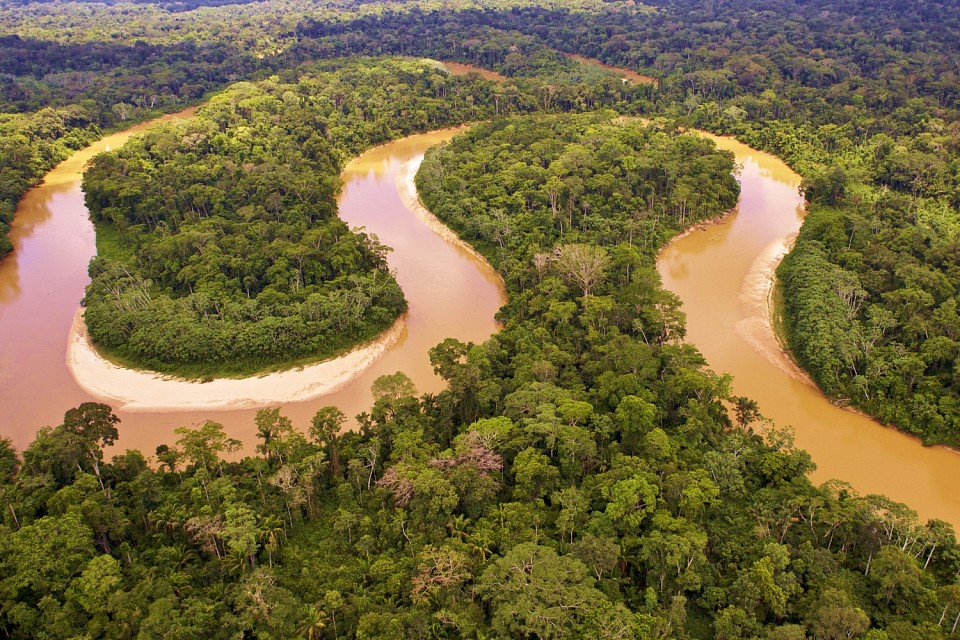
11. Lima’s Historic Center
Lima’s Historic Center is a must-visit destination in the city. The area is a UNESCO World Heritage Site and is home to many of the city’s original structures from the 1500s. Although some of the buildings were destroyed, the area still holds significant historical value and is a beautiful place to explore.
One of the most pleasant spots to visit in Lima is the Plaza de Armas, located in the heart of the city’s historic district. Many of the structures around the plaza were rebuilt after the devastating earthquake of 1746. The cathedral on the east side and the Government Palace on the north side are the highlights of the plaza. Also worth seeing are the Archbishop’s Palace and the Casa del Oidor.
Visitors can also explore the pedestrian street, Jiron de la Union, which leads off the plaza and is home to shops, restaurants, and the historic Iglesia de La Merced.
For those interested in history and architecture, a visit to Lima’s Historic Center is a must-do activity.
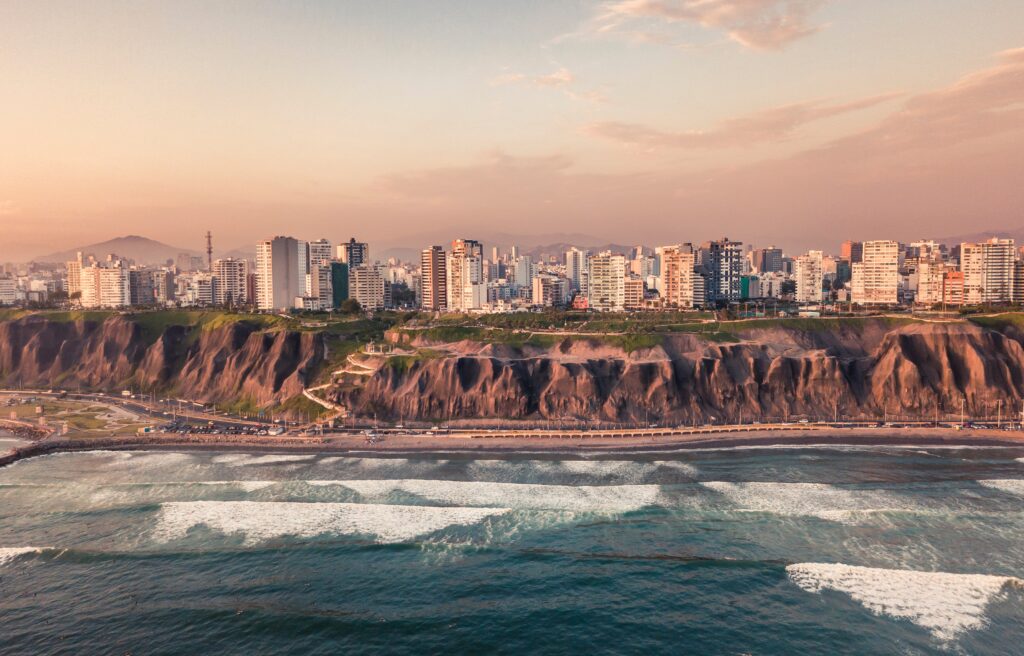
12. Ica and the Sand Dunes at Huacachina
Huacachina, a picturesque oasis resort town near Ica, offers a unique experience for adventure seekers. The town surrounds a lagoon, and towering sand dunes, some as high as 1,000 meters, encircle it. Visitors come to Huacachina to try out the sport of sandboarding, which is similar to snowboarding. They can rent specially made sandboards or dune buggies to explore the landscape.
Ica is situated slightly higher than the ocean and is not affected by the coastal mist that affects other towns along the coast. As a result, it enjoys a sunny and dry climate throughout the year, making it an excellent destination to visit at any time.
The sand dunes at Huacachina offer a stunning backdrop for sandboarding enthusiasts and nature lovers alike. The town’s palm-fringed resort town and lagoon make it a picturesque setting for a day trip or a longer stay. Because I was with my mum, this was one of my favourite tourist attractions in Peru to be honest.
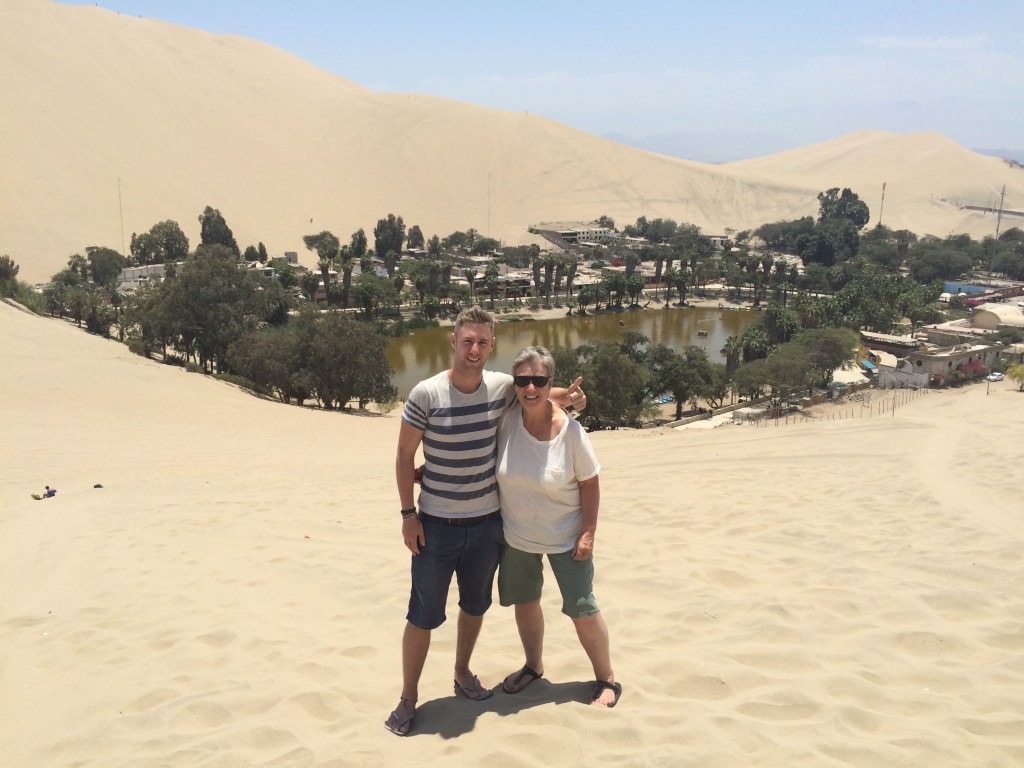
13. Pisco and the Ballestas Islands (Islas Ballestas)
Pisco, located about 200 kilometers south of Lima, is a popular destination for tourists who want to visit the nearby Islas Ballestas and the Reserva Nacional de Paracas on the Paracas Peninsula. The Islas Ballestas, also known as the “poor man’s Galapagos,” are a group of islands located almost directly west of Pisco. The islands are home to hundreds of thousands of birds, large colonies of sea lions, pelicans, penguins, and dolphins.
Boat tours depart daily from Paracas and Pisco, taking visitors on a half-day trip to the islands. The tour first passes by the “Candelabra,” a hillside geoglyph visible from the coast, before spending a considerable amount of time boating around the islands to watch for wildlife.
The Paracas Peninsula, located just south of Pisco, juts out into the Pacific Ocean and is home to the Reserva Nacional Paracas. It boasts the largest section of protected coastline in Peru and supports a diverse range of wildlife. Visitors can spot approximately 200 species of seabirds, two types of sea lions, a rare type of otter, and the endangered Humboldt penguins along the shoreline.
Overall, Pisco and the Ballestas Islands offer a unique opportunity to observe a wide variety of wildlife in their natural habitats.
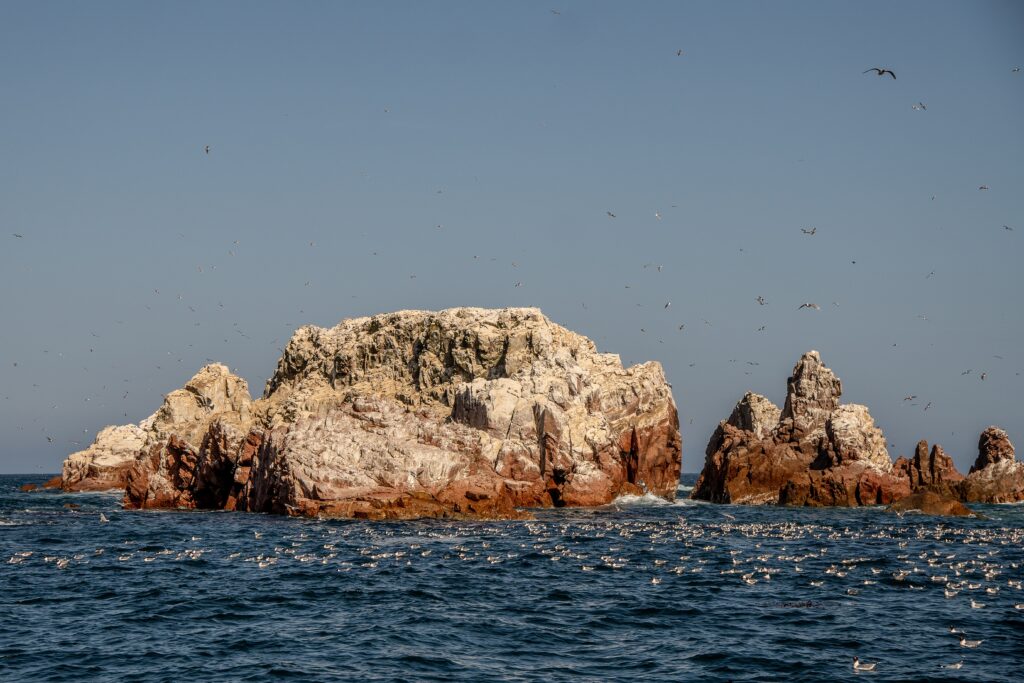
14. Sillustani
Sillustani is a historical site located near Lake Titicaca in Peru. It is home to some of the most impressive funerary towers (chullpas) built by the Colla people around AD 600 to bury their nobility. These towers stand as high as 12 meters and were used by entire families to bury their loved ones, along with food and personal possessions, in cylindrical structures.
Visitors can explore the scenic area around Lake Umayo, which is just a short walk uphill from the parking lot. The towers stand at the far end of the field with the lake behind. Below the parking lot is a small marshy lake where locals can be seen poling along in their boats, harvesting reeds. Sillustani is a fascinating and historic site that provides a glimpse into the lives of the Colla people and their funerary practices.
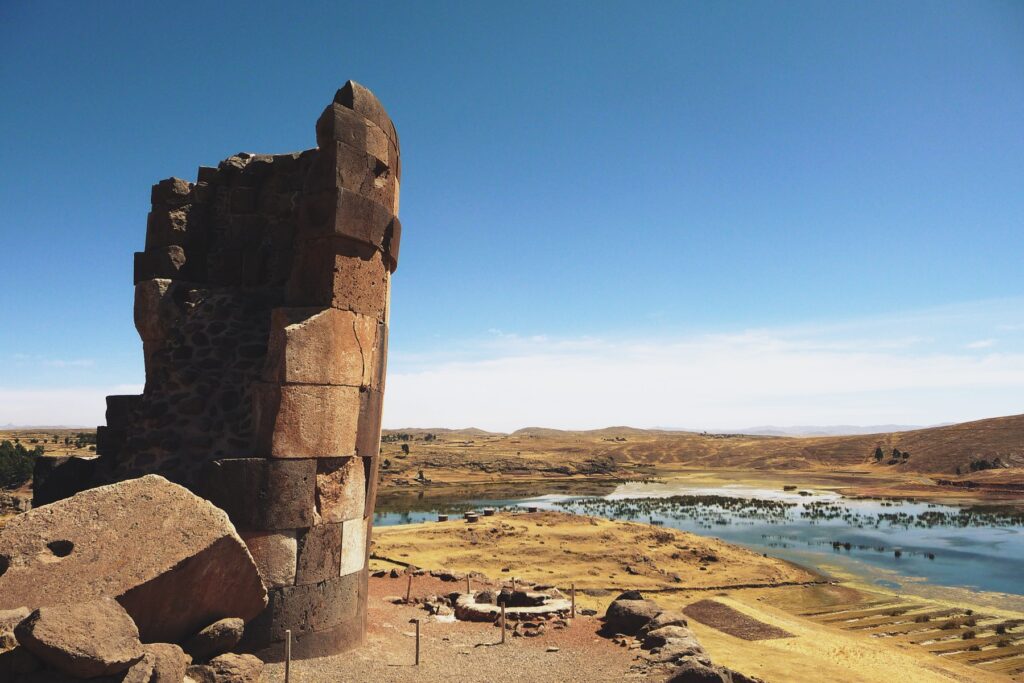
15. Barranco
Barranco is a charming district located just south of Central Lima and Miraflores. Its colorful colonial architecture and hillside ocean views make it a popular spot for tourists and locals alike. The area has a Bohemian feel and is known for attracting artists and poets.
Visitors can enjoy wandering the narrow streets and taking in the relaxed pace of the area. One of the main attractions in Barranco is the Puente de Los Suspiros, also known as the Bridge of Sighs. This bridge offers stunning views of the ocean and is a popular spot for sunset dining at one of the many restaurants overlooking the water.
For those looking to explore more of Lima, Barranco offers easy commuting distance to downtown Lima. With its unique atmosphere and beautiful scenery, Barranco is a must-visit destination for anyone traveling to Lima.
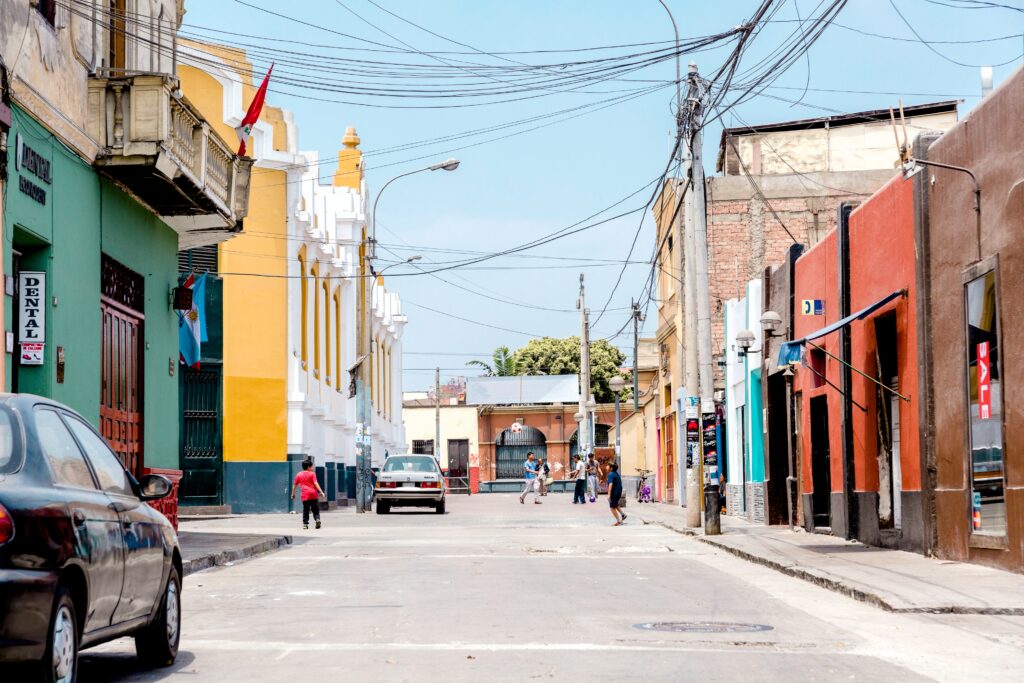
16. Cordillera Blanca
The Cordillera Blanca is a breathtaking region of mountains and valleys located in the Andes, which attracts visitors from all over the world who are interested in mountain climbing, hiking, and outdoor activities. The area is home to Huascaran, the highest peak in Peru, as well as sixteen other mountains that are over 6,000 meters in height.
Visitors planning to explore this region should be well-prepared, as the weather can be unpredictable, with sudden changes from snow to heat. However, for those who are up for the adventure, some of the most notable treks include the Santa Cruz, the Alpamayo, and the Rurec Shaqsha.
The best time to visit the Cordillera Blanca is from April through to October. Despite the challenges, the stunning views and unique experiences make the journey worthwhile for any outdoor enthusiast seeking an unforgettable adventure in the Andes.
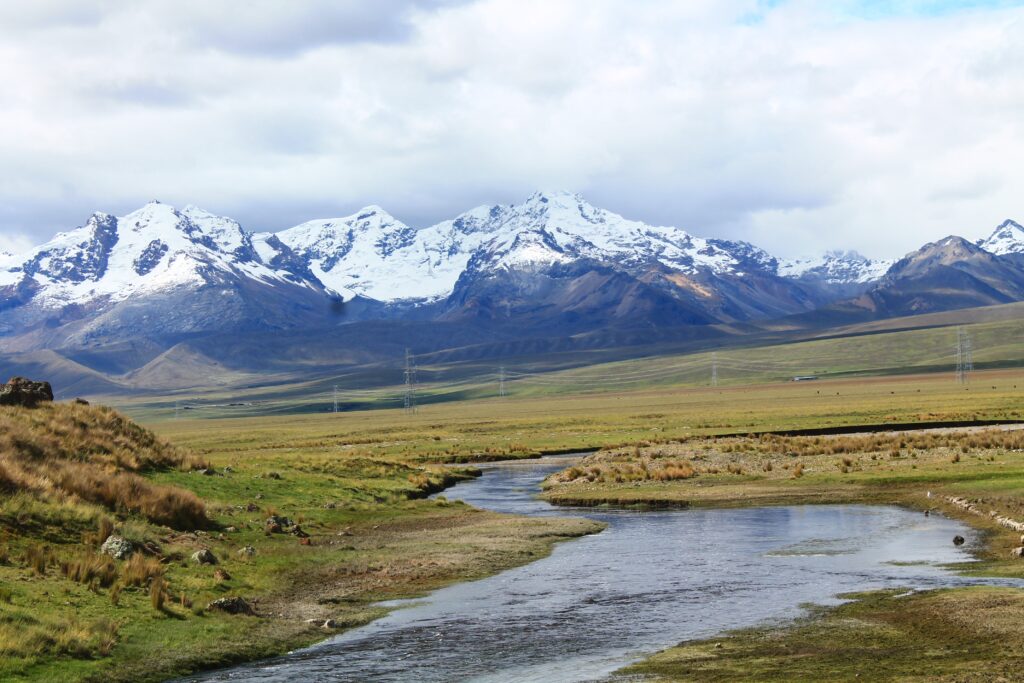
17. Saqsaywaman
Saqsaywaman is a must-visit site for anyone staying in Cusco. The site is located at an altitude of 3,701 meters (12,142 feet) and is known for its towering monoliths of rock. The fortress walls are made of massive blocks that have been intricately fitted together without the use of mortar, a feat of engineering that has allowed them to survive even devastating earthquakes. This site is particularly notable for its historical significance and the impressive construction techniques used in its creation.
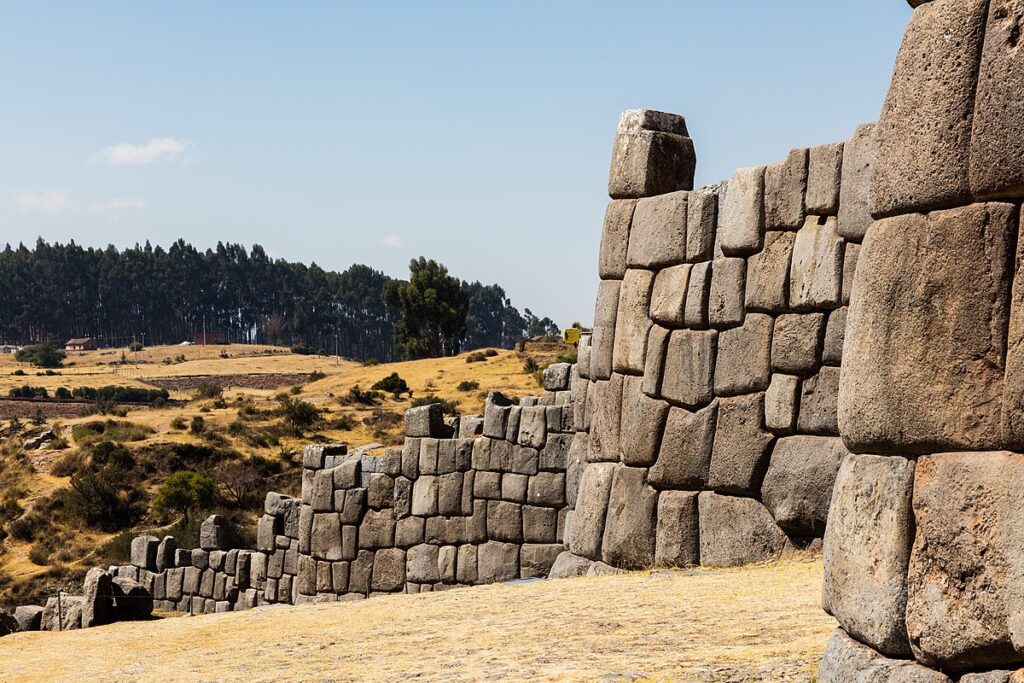
18. Salcantay
Salcantay is a stunning mountain peak located in Peru that is quickly gaining popularity among hikers. With a height of 20,574 feet, it towers over the surrounding landscapes and offers breathtaking views. Despite its beauty, Salcantay is not yet overrun with visitors, making it a peaceful and serene destination.
The most popular way to experience Salcantay is by hiking the Salcantay Trail, which spans 37 miles and ends at Machu Picchu. Hikers will reach their highest point at an elevation of 15,190 feet, which is sure to leave them breathless. Along the way, they can take a dip in the hot springs of Cocalmayo to soothe their sore muscles.
Overall, Salcantay is a must-visit destination for any avid hiker looking to experience the natural beauty of Peru.
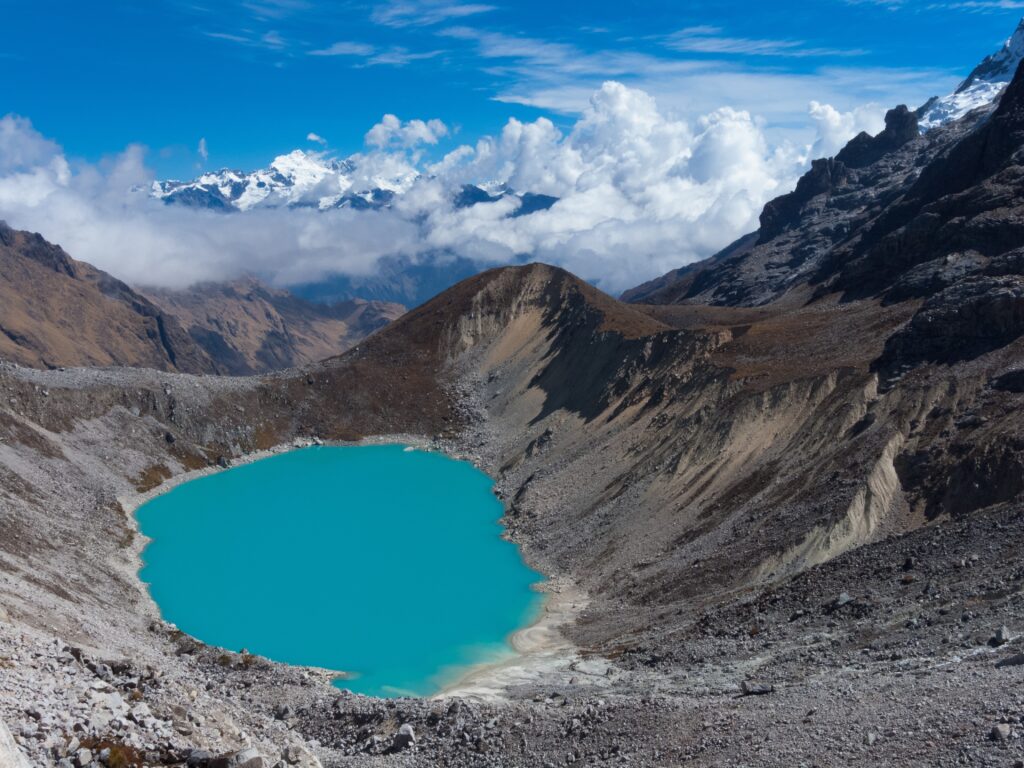
19. Gocta Waterfall
Deep within the rugged landscapes of Peru’s Amazon rainforest, lies the enigmatic “Gocta Waterfall.” Tucked away in the Chachapoyas region, this hidden wonder remained a secret until its re-discovery in 2005. Plummeting from a height of 771 meters, it is one of the tallest free-falling waterfalls in the world. Encircled by lush, untouched vegetation, Gocta exudes an aura of mystery and tranquility.
The journey to Gocta is an adventure in itself, involving a trek through dense jungle, traversing rugged terrain, and encountering vibrant wildlife along the way. Visitors are rewarded with a breathtaking view of the cascading waters, often enveloped in a veil of mist, creating an ethereal atmosphere. Locals share tales of spirits that inhabit the falls, adding to the allure of this secluded site.
Nearby villages offer a glimpse into the traditional way of life, with quaint homestays and authentic cuisine. The Gocta Waterfall remains a testament to nature’s grandeur, captivating those who venture off the beaten path. Its obscurity lends it an air of exclusivity, making it a must-see for intrepid explorers seeking hidden treasures in the heart of Peru’s wilderness.
20. Moray Agricultural Terraces
In the heart of Peru’s highlands lies the mesmerizing “Moray Agricultural Terraces,” an ancient agricultural site that defies conventional explanation. Located near the town of Maras, this archaeological marvel comprises concentric terraces carved into the earth, resembling an otherworldly amphitheater. The purpose of these terraces remains a mystery, with theories ranging from experimental crop cultivation to ceremonial rituals.
Surrounded by majestic mountains, Moray exudes an aura of spiritual significance and ingenuity. The precise engineering and layout of the terraces showcase the advanced knowledge of ancient Andean civilizations. Visitors can explore the depths of this enigmatic site, marveling at the ingenious design that allowed for microclimates at each level.
The Moray Agricultural Terraces offer a unique opportunity to step back in time and ponder the mysteries of pre-Columbian cultures. The site’s relative obscurity ensures a serene and contemplative atmosphere, perfect for those seeking a deeper connection to Peru’s rich history and natural beauty. This hidden gem stands as a testament to human innova
Frequently Asked Questions about Tourist Attractions in Peru
What are some unique Tourist Attractions in Peru?
Peru is a country full of unique experiences. Here are some of the most unique things to do in Peru:
- Visit Machu Picchu, a famous Incan citadel located high in the Andes Mountains.
- Take a boat tour of Lake Titicaca, the highest navigable lake in the world.
- Explore the Nazca Lines, ancient geoglyphs carved into the desert floor.
- Hike the Colca Canyon, one of the deepest canyons in the world.
- Visit the Amazon Rainforest, one of the most biodiverse regions on the planet.
Which cities are recommended to visit in Peru?
Peru has many beautiful cities worth visiting. Here are some of the most recommended ones:
- Lima, the capital city of Peru, known for its rich history and delicious cuisine.
- Cusco, the historic capital of the Incan Empire, known for its stunning architecture and proximity to Machu Picchu.
- Arequipa, a colonial city known for its white volcanic stone architecture and proximity to the Colca Canyon.
- Trujillo, a coastal city known for its beautiful beaches and well-preserved colonial architecture.
What are some top-rated tourist attractions in Peru?
tourist attractions in Peru are plenty! Make sure you have your travel insurance sorted first though. Here are some of the most popular ones:
- Machu Picchu, a famous Incan citadel located high in the Andes Mountains.
- The Sacred Valley of the Incas, a beautiful valley with many Incan ruins and stunning landscapes.
- The Amazon Rainforest, one of the most biodiverse regions on the planet.
- The Colca Canyon, one of the deepest canyons in the world.
- The Nazca Lines, ancient geoglyphs carved into the desert floor.
What is the best way to experience Peru’s cuisine?
Peruvian cuisine is known for its unique blend of flavors and ingredients. Here are some ways to experience Peru’s cuisine:
- Visit local markets and try traditional Peruvian dishes like ceviche and lomo saltado.
- Take a cooking class and learn how to make traditional Peruvian dishes.
- Visit high-end restaurants that specialize in Peruvian cuisine.
- Attend a food festival or event to try a variety of Peruvian dishes.
What are some places to visit near Lima, Peru?
Lima is a great base for exploring the surrounding area. Here are some places to visit near Lima:
- The Ballestas Islands, a group of islands known for their wildlife and beautiful landscapes.
- Paracas National Reserve, a protected area known for its unique desert landscapes and wildlife.
- Huacachina, an oasis in the desert known for its sand dunes and adventure sports.
- Pachacamac, an archaeological site with ancient ruins and a museum.
What are the best places to visit in Peru in July?
When is the best time to visit Peru? Well, it depends, but July is a great time to visit Peru. Here are some of the best places to visit in July:
- Cusco, for the Inti Raymi festival, a celebration of the Incan sun god.
- Lima, for the Fiestas Patrias, a celebration of Peruvian independence.
- Huaraz, for trekking and hiking in the Cordillera Blanca mountain range.
- Paracas, for wildlife watching and boat tours of the Ballestas Islands.
Remember, never travel without travel insurance! And never overpay for travel insurance!
I use HeyMondo. You get INSTANT quotes. Super cheap, they actually pay out, AND they cover almost everywhere, where most insurance companies don't (even places like Central African Republic etc!). You can sign-up here. PS You even get 5% off if you use MY LINK! You can even sign up if you're already overseas and traveling, pretty cool.
Also, if you want to start a blog...I CAN HELP YOU!
Also, if you want to start a blog, and start to change your life, I'd love to help you! Email me on johnny@onestep4ward.com. In the meantime, check out my super easy blog post on how to start a travel blog in under 30 minutes, here! And if you just want to get cracking, use BlueHost at a discount, through me.
Also, (if you're like me, and awful with tech-stuff) email me and my team can get a blog up and running for you, designed and everything, for $699 - email johnny@onestep4ward.com to get started.
Do you work remotely? Are you a digital nomad/blogger etc? You need to be insured too.
I use SafetyWing for my digital nomad insurance. It covers me while I live overseas. It's just $10 a week, and it's amazing! No upfront fees, you just pay week by week, and you can sign up just for a week if you want, then switch it off and on whenever. You can read my review here, and you can sign-up here!





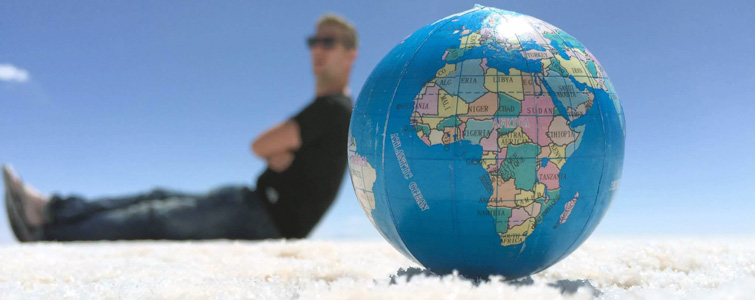

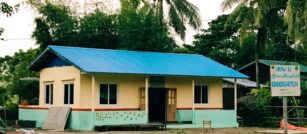
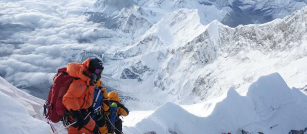

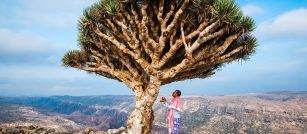


 As you know, blogging changed my life. I left Ireland broke, with no plan, with just a one-way ticket to Thailand
and no money. Since then, I started a blog, then a digital media company, I've made
more than $1,500,000 USD, bought 4 properties and visited (almost) every country in the world. And I did it all from my laptop as I
travel the world and live my dream. I talk about how I did it, and how you can do it too, in my COMPLETELY FREE
Ebook, all 20,000
words or so. Just finish the process by putting in your email below and I'll mail it right out to you immediately. No spam ever too, I promise!
As you know, blogging changed my life. I left Ireland broke, with no plan, with just a one-way ticket to Thailand
and no money. Since then, I started a blog, then a digital media company, I've made
more than $1,500,000 USD, bought 4 properties and visited (almost) every country in the world. And I did it all from my laptop as I
travel the world and live my dream. I talk about how I did it, and how you can do it too, in my COMPLETELY FREE
Ebook, all 20,000
words or so. Just finish the process by putting in your email below and I'll mail it right out to you immediately. No spam ever too, I promise!
